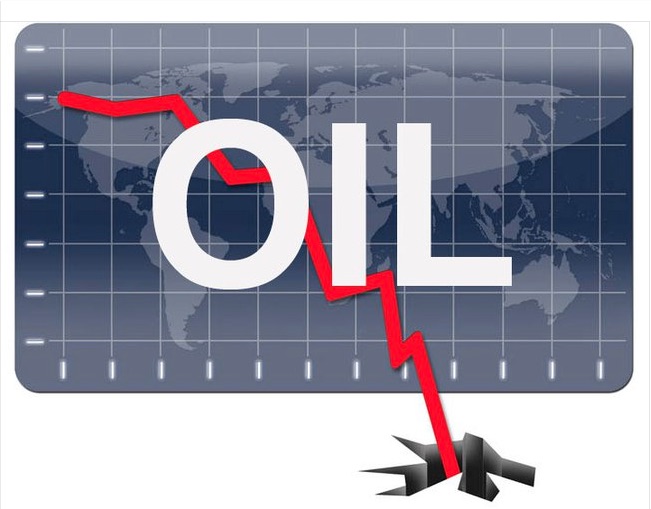
Interview to to Jeff Timm packaging business consultant focus on rigid and adhesives.
There seems to be a lot of volatility in the resins markets recently. Is ft at unusual levels?
There always is a great deal of volatility and I don't think it's unusually high right now.
I think the biggest change-not necessarily this minute but in the future-is an increasing amount of raw material coming from shale oil or gas.
This hasn't filtered down to the plastics industry yet, in part because there aren't yet enough lines to get it from the extraction sites.
A lot of companies are building new capacity in the Gulf for the first time in years because of cheap raw materials.
Remember, resins are a global business so this will also impact Europe, which has no real resin capacity.
It will get killed by shale oil boom.
They won't be competitive because they can't get oil and gas as cheap.
It is a real disadvantage for them and Asia, as well.
What time frame are you talking about?
We're looking at the next three to five years.
Producers are extracting shale oil and gas today but distribution routes are not set so only a few can take advantage of it downstream.
Prices remain high because there's no motivation to sell at a lower price.
The usual motivation to cutting prices is to increase sales, but there isn't more product to sell right now.
When things get loose and capacity builds up we'll see some changes.
That should begin in about three years when capacity and processing capabilities start to match the ready supply.
A lot of big players see (his scenario. Chinese oil and gas producers have started tracking in some regions.
What other impacts will shale-based feedstocks have?
The shale oil boom is a deterrent to developing bioplastics as an option.
After all, the cheaper the so-called "regular" stuff is, the harder' it is to think about alternatives.
Another factor right now is supply. NatureWorks pretty much owns the market for PLA (polylactic acid) right now and absent additional sources, companies will hesitate to sign up.
What is the future of bioplastics?
Adoption of bioplastics is moving forward, but at a glacial pace.
In Europe there are calls for government assistance to make the market more attractive to investors.
Sort of like our government did initially with tax breaks and other subsidies to create ethanol.
But in the end the future depends on the fickle consumer.
If consumers are willing to pay more for sustainability then there will be a market for bioplastics. I wonder if that desire will form, though.
A lot of people talk about environmental consciousness.
They say "yes" in surveys when asked about whether the environment is important to them, but only 40% take action, for instance, by recycling. It doesn't match up.
Packaging suppliers can stress sustainability all they want, but if the public doesn't care it doesn't matter.
This is exacerbated because oil-based products are getting cheaper.
Biobased materials will as well, but I still think there's a wide deità between bio and regular products.
Does your analysis apply globally?
Not necessarily.
The Europeans are way ahead of us in North America in taking environmental concerns seriously.
Look at the big debate over so-called oxo-biodegradable products. All kinds pf academics, EU agencies and industry groups are weighing in to determine whether it's real or not. Hopefully it will be finalized this year.
Even organizations like the SPE (Society of Plastics Engineers) and the SPI (Society of the Plastics Industry) reject many of the manufacturers' claims. Oxo- biodegradability makes the product dissolve when exposed to air.
It doesn't eliminate it-it just turns it into tiny little dust stuff. True degradability means it would turn into carbon dioxide and water and disappear.
How do you see the fight over banning plastic carrier bags corning out?
After all, they are one of the most visible and used plastic containers out there.
The bag battle is an example of how the plastics industry did a terrible job of being an advocate over the years. It argues plastic bags and other packaging can be recycled, but the industry has only paid lip service to helping in that recycling.
It just didn't do anything to help recycling.
Bag recycling is very difficult, more so than rigid.
Many municipal systems that take rigid plastic won't take bags. In my area and some others, people can take bags to a grocery store for recycling.
That puts the onus on the individual and not everyone is eco-conscious so most bags end up in trash.
Also you have to have somebody to buy recycled materials.
Without a market it's a loser no matter who does it.
In general, most companies still don't design packaging for recycling.
I don't see any excuse today to make a package that can't be recycled.
There are ample material and design choices in any format.
I still think we need a national recycling program.
Today, every municipality in U.S. can set up their own rules and requirements.
It's too disorganized and confusing.
I'm not a big fan of government doing everything, but a national program would make it easier for manufacturers to sign up.
Source : Packaging Strategies , December 2014
[ add comment ] ( 73 views ) | permalink |




 ( 2.9 / 2136 )
( 2.9 / 2136 )

 Calendar
Calendar